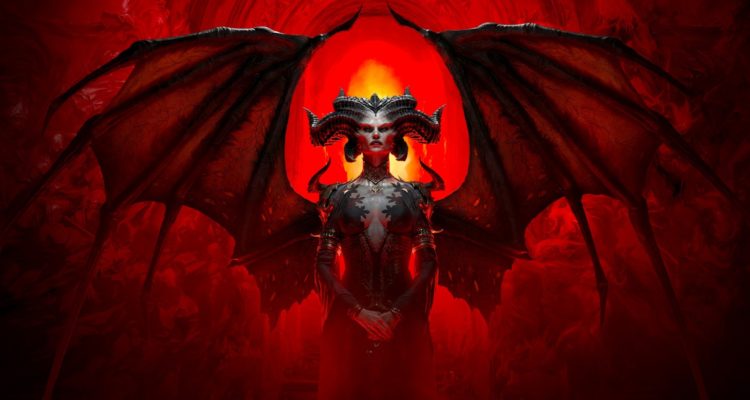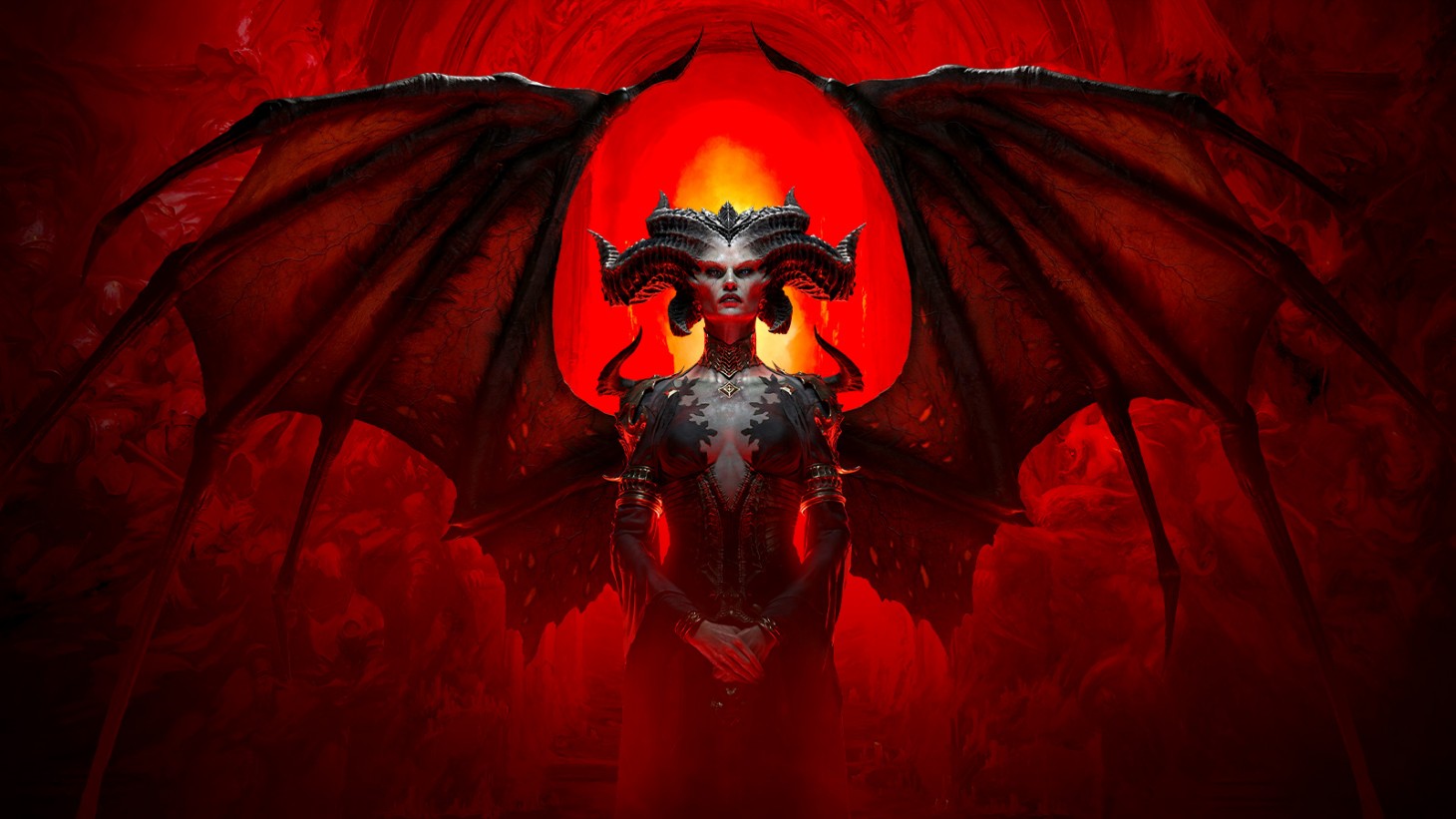For twenty-six years now, gamers have done battle against the denizens of Hell through dungeon crawling and action-RPG methods. They’ve done this in Diablo — one of gaming’s most renowned series, and one that’s been around for quite a while. It’s always a big celebration whenever the franchise adds a new game; that is, unless you’re talking about Diablo Immortal.
It’s hard to believe, but close to eleven years have passed since Diablo III was released. It may not feel that way, but it’s the truth. Time flies, and it’s not often that fans of this franchise get something new to play. Then again, the hardcore keep playing the games over and over again, doing their best to master classes, get the best loot possible and complete all of the end-game content. Diablo IV is finally here, though, so let’s get into it.
Things begin with a beautiful and memorable opening cinematic, in which three greedy men break into a sealed crypt. The two thieves and their accompanying priest, who’s there to recite incantations and get doors to open, think that they’re in line for some incredible treasures. Money that will see them become rich; thus allowing them to live out their wildest dreams. However, that’s far from the case here. Instead of opening the vault that they’re expecting, they stumble into an odd room with a few different pillars full of dark and disturbing writing. Granted, they did open the door using blood magic, so it shouldn’t have been too much of a surprise. Yet, when the three perish in a ritual that calls forth Lilith, the creator of Sanctuary and a badass demon, they remain surprised.
Lilith’s return to Sanctuary — a realm stuck in between the forces of good and evil, who every so often wage war against one another while human beings suffer the consequences — is nothing but bad news. She’d been banished before, and has come back with some dark ambitions. It all starts with her turning good villagers evil, then results in our player character — who’s made it to the area after a lengthy journey in which he or she almost died — is poisoned with some of Lilith’s demonic flower petals. If not for a timely new ally, this adventure would never have begun, because those petals were step one towards certain death.
There’s a deeper story to be found within Diablo IV than what I’ve experienced in other games, and it’s aided by some well crafted and voiced cutscenes. Every so often they’ll play, with some using gameplay visuals and others featuring beautiful rendered work. Like Diablo II‘s remaster, these are some of the better cutscenes I’ve seen in some time, and Lilith’s plight presenting a deeper story is nothing but good. Lilith, herself, is also a very good villain.
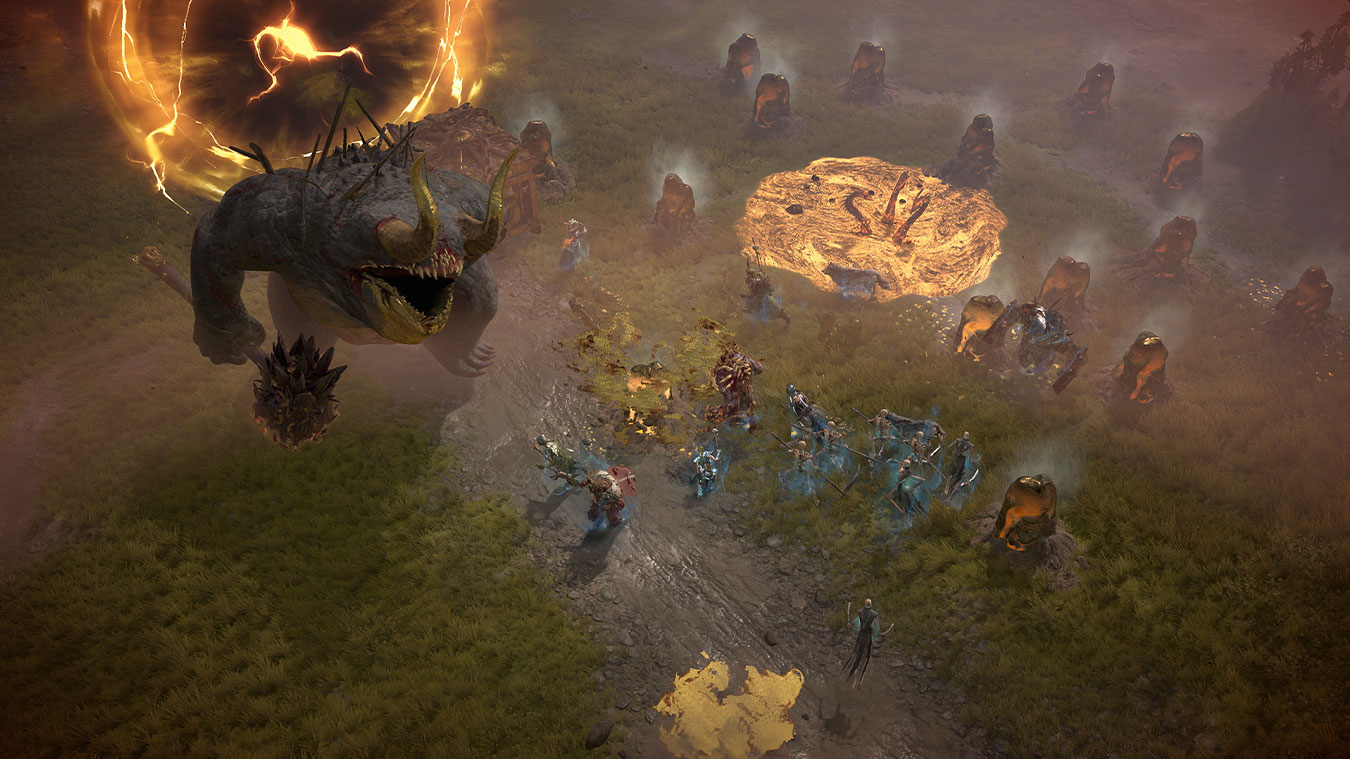
Of course, we all play Diablo for the gameplay, and that’s what’s most important to talk about. The good news is that it’s back and as good as ever, although some may complain that things are a bit too similar to what came before, not to mention overly repetitive. Then again, repetition is a part of this genre. You can’t have these types of games without lots of repetition, and it’s something fans enjoy.
Diablo IV is presented as a constantly connected affair, in which players venture out into a seamless open world. Sure, there’s the odd loading screen, but nothing much to talk about there. What’s most notable is the fact that you can come across another player at almost any time while exploring the over world, and can even team up with a stranger to kill some demons. Maybe they’re in trouble and you get to be the aide who lends a hand and turns the tide of their battle. Or, maybe you’ll piss them off by accidentally, or purposefully, taking some of their loot and gold. It’s really neat seeing other players just appear as you’re walking or fighting your way through the numerous different regions of Sanctuary, many of which have their own climate and geography to deal with, be it snowy mountains, grasslands or dirty rock formations.
Of course, it’s possible to create a clan or simply team up with friends to play through this thing together if that’s your bag. I’m more of a loner, or solo gamer, so I went about things alone after customizing my barbarian. Call me boring, but I always chose the warrior/barbarian/brawler type of character, because that fits my play style best. There are several different classes to choose from, though, including the Sorcerer, Rogue, Necromancer and Druid. They’re all more creative and unique than the one I chose, but they don’t prioritize that hack n’ slash goodness I like. This is why I’ve played through Kingdoms of Amalur on four different consoles and have always went with the might destiny/class.
The character creator is pretty good, and allows for some decent customization. You’ll be able to choose between male and female body types, customize the avatar’s face to a certain extent, choose its hairstyle, tattoos, makeup, etc. and pick the colours of everything as well. It’s not as deep as others, but that’s OK.
Getting back to the gameplay, it’s important to note that Diablo IV‘s story takes place over six acts, some of which can be tackled as you choose. After a certain point the map opens up more and allows you to choose which quest-line to deal with first, second, etc. This plays into the added freedom that this installment offers, and it’s aided by the fact that you can get a mount and ride it wherever you want to go. Of course, those who take their time and explore are always going to be better off because there’s lots to find, including corrupted basements, optional dungeons, special chests and optional boss battles. In fact, most of the dungeons you’ll enter seem to have their own objectives, be it destroying a set number of blood boils, defeating a certain amount of a special type of enemy, finding hidden cubes and placing them on pedestals to unlock a massive door or something else. You don’t always have to bother with them, but you can choose to and add to your experience. The same is true of strongholds, which can be completed if one chooses to. These have you going after a certain target, as part of their quest lines.
I was around level 20 when things started to open up, but I’ve been taking my time and exploring. I’ve also done almost every side quest I’ve come across, and there have been quite a few. They’ve usually tasked me with going to a certain dungeon and helping or finding someone, finding and talking to other NPCs for them, or locating items. There have also been a number of world events, including those which send waves upon waves of foes at you, some which require you to feed pedestals blood by killing enemies, and fights against special enemies.
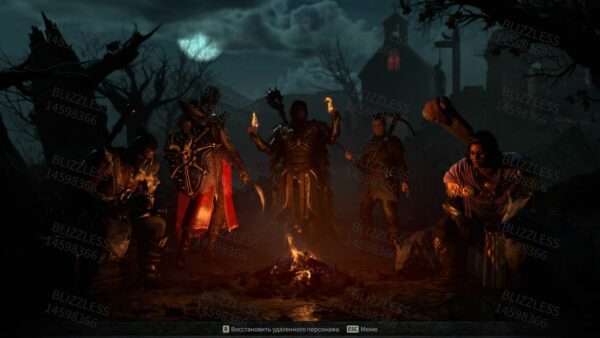
This is why I have yet to fully complete Diablo IV, though I’ve put a good amount of time into it. I can see it taking me quite a while to finish this game, so I wanted to get my thoughts up since I feel I’ve reached the point where I can honestly evaluate the game.
Earlier in this review, I talked about the amount of freedom that players have, which is certainly much greater than in past entries. The developers also put a lot of work into making things more player and experimentation friendly, allowing those with interest to respec their skills for a very small monetary fee. Thus, if you don’t like how you’ve built your character it’s possible to start over again with all of your unlocked skill points, earned from leveling up. I took advantage of this when I came across a boss that I simply couldn’t beat, and I feel that doing so helped me some.
Diablo IV offers brand new skill trees, which feature tons of different class-specific skills and abilities. It’s honestly overwhelming, and I found myself having a hard time choosing what to spend my points on. The good news is that I can change things again, with ease, if I need to. Given how overwhelming the barbarian’s skill tree is that’s a nice thing to know.
There are also things called Aspects of Power, which you’ll obtain by completing dungeons spread across the map. These are collectible skills, of sorts, which can be combined with rare pieces of gear to turn them into custom legendary items. This mechanic will be appreciated by the hardcore, who will likely take full advantage of it.
For the most part, though, Diablo IV plays a lot like its predecessor. It builds upon Diablo III, and offers a really good campaign with tons of content, as well as lots of promised post-game content. This includes the ability to change World Tiers, which act as the game’s difficulty. Those who complain that it’s too similar to what came before can do so, but it works.
When I started the campaign, I chose World Tier 1; not because it said that enemies were easy, but because it seemed to be the base difficulty. World Tier 2 was listed as being more challenging, increasing enemies’ levels and damage output, and being something more advanced players would choose. Since my experience with this series isn’t incredibly lengthy, and I hadn’t played a Diablo game in close to a decade, I thought my choice was a good one. You can change the World Tier at any time, though, and can also use a town portal at any time if you’re finding things difficult, need to shop or have to have things repaired.
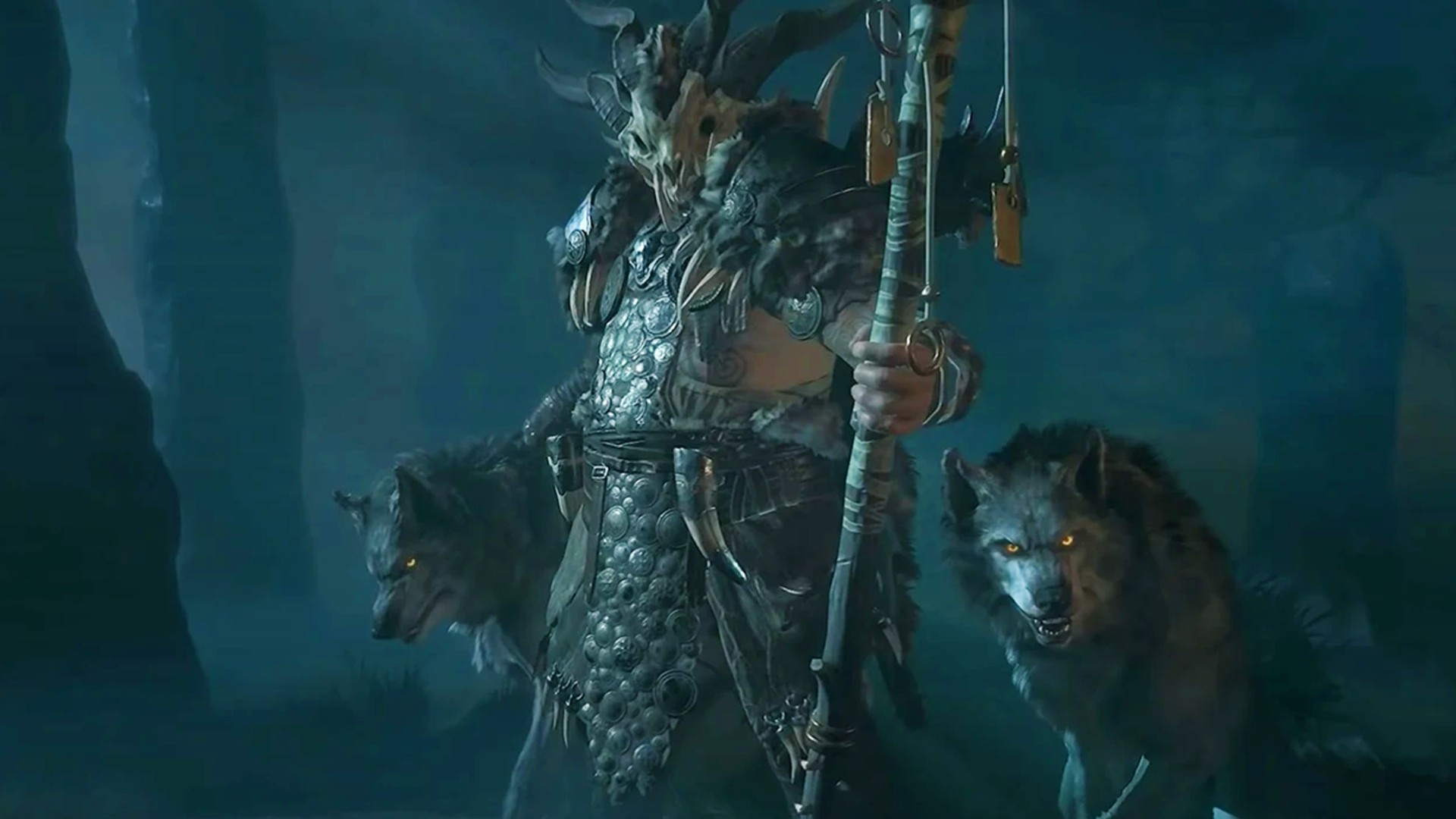
The thing is, though: World Tier 1 is not easy by any means. It offers a good challenge, and one that had me worried I’d get stuck and not be able to beat the game, which is something that detracted from my enjoyment some. It’s possible to get swarmed by a ton of enemies, and I’ve died a number of times. Thankfully it’s easy to respawn at a nearby checkpoint — the only option that’s made available — and the only loss is 10% less weapon durability, meaning that I’ve had to make some trips to town to have the blacksmith repair some broken weapons and armor. That doesn’t cost a lot, though, and it’s not like I didn’t have 270,000 in in-game money before I’d even really completed act one. The problem is that World Tier 1 isn’t exactly all that accessible, and will be frustrating to those who don’t normally play these types of games or aren’t very good at them. It can be cheap at times.
While I don’t remember having much of a problem with Diablo III when it hit Xbox 360, or when I played it on Mac, I’ve found this one to be pretty challenging at times. Sometimes frustratingly so. Then again, maybe I erred by choosing the Barbarian, who’s a close combat master. It’s easy to get swarmed.
Bosses can be quite challenging, especially solo, and this includes the one I got stuck on because its third stage involved an onslaught of enemies with little room to breathe. Some of the ones in the campaign feature more variety than before, whereas you’ll come across a lot of more traditional bosses in dungeons. They generally drop health potions at different damage intervals, which is helpful, but some of them pack quite a punch even on World Tier 1.
Another drawback of this otherwise really good game comes in the form of its microtransactions. It’s possible to buy themed item packs, or get skins, and you can spend real money to purchase the currency to do such things. The pack of — I believe — 11,000 currency looked to be around $135 Canadian, which is nuts to me. Then again, I’ve never seen the appeal of microtransactions, and have never spent a real cent on them. Just be warned they’re here.
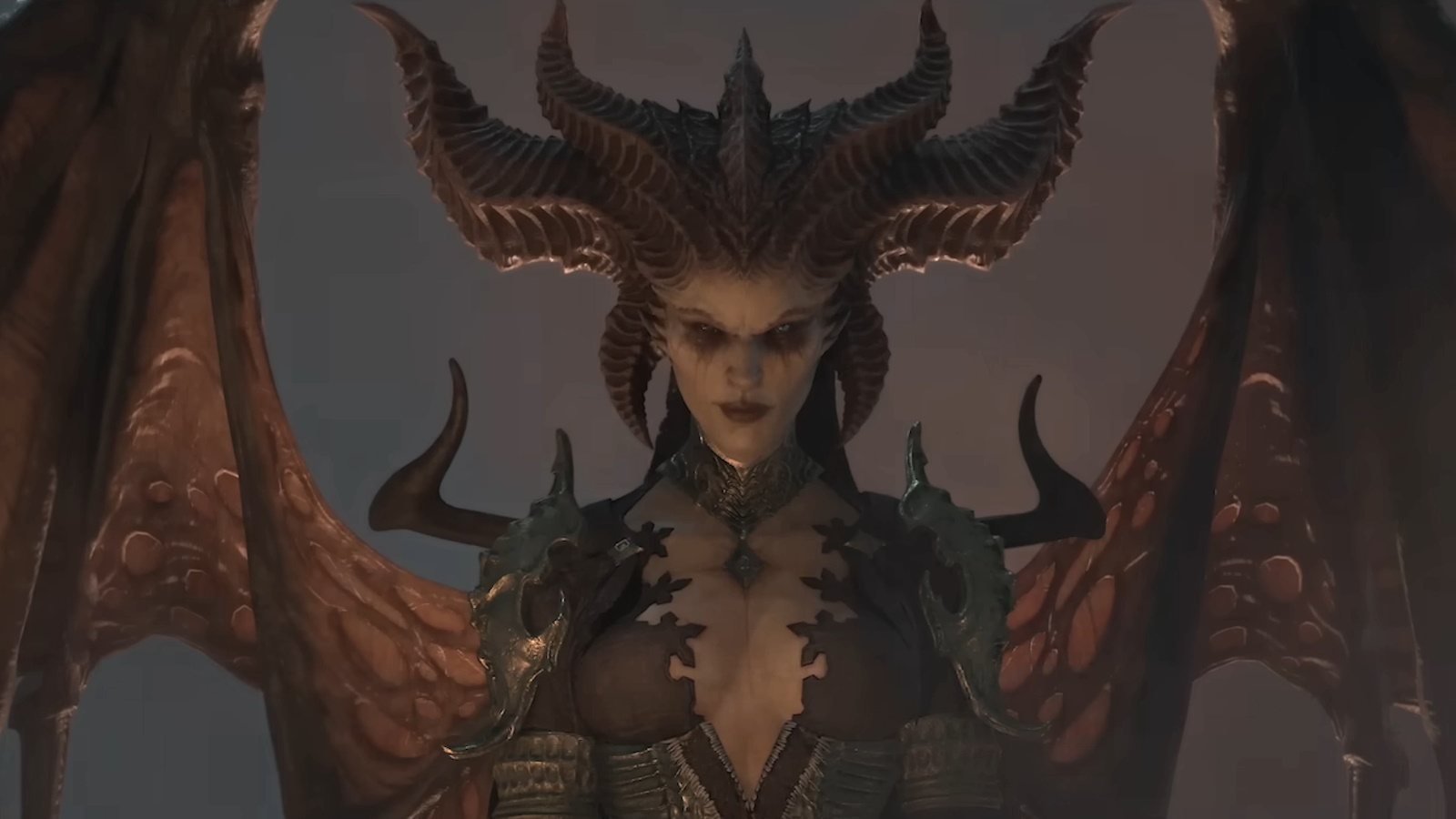
Of course, my time with Diablo IV has come during its early access period. The game has just launched, and folks worried it’d maybe be a mess. I’m here to say that it’s been almost seamless. I’ve yet to be disconnected, and haven’t really ran into any major bugs. The first time I did play, though, I was experiencing internet issues and had to hotspot to my phone, which worked without issue until it was about to die. After that, I noticed that my Internet was working (it’s been a mess for a while, and I’m waiting for them to finish a fiber installation in the area), so I switched to that. It was at that point that I started to notice delayed some delayed animations when I’d attack enemies, as if the hit didn’t register right away. It didn’t hurt the gameplay, but I could notice it while playing. I won’t hold that against the game, because it could’ve been a connection thing. Furthermore, it was fine when I played it next. This has been an impressive launch.
Things also look really good, especially where cutscenes are concerned. The game world of Sanctuary is very detailed in and of itself, and its regions all have their own different look, feel, geography and details. You can see footprints and paths in snow, and can also notice where enemies have been hit or kicked backwards. Furthermore, there’s tons of detail to be found everywhere. I especially liked going into a church and seeing that the carpet wasn’t just a basic texture. Instead of being flat, I could see that it was bunched up in some places and had bumps in it as a result.
Simply put, Diablo IV is a brutal and really good looking and sounding game, with very good visuals and some fantastic orchestral music. The voice acting is also top notch, at least for the most part. There have been a couple of instances where I’ve cringed a bit while listening, but other than that I’ve been very impressed. The music really stands out.
At the end of the day, Diablo IV is incredibly easy to recommend. It’s a very good game, and one that fans of the series should love. Newcomers will also get a lot out of it, but should prepare for a challenge and some frustration. This is a win for Blizzard, for sure.
This review is based on the Xbox Series X version of the game, which we were provided with.

